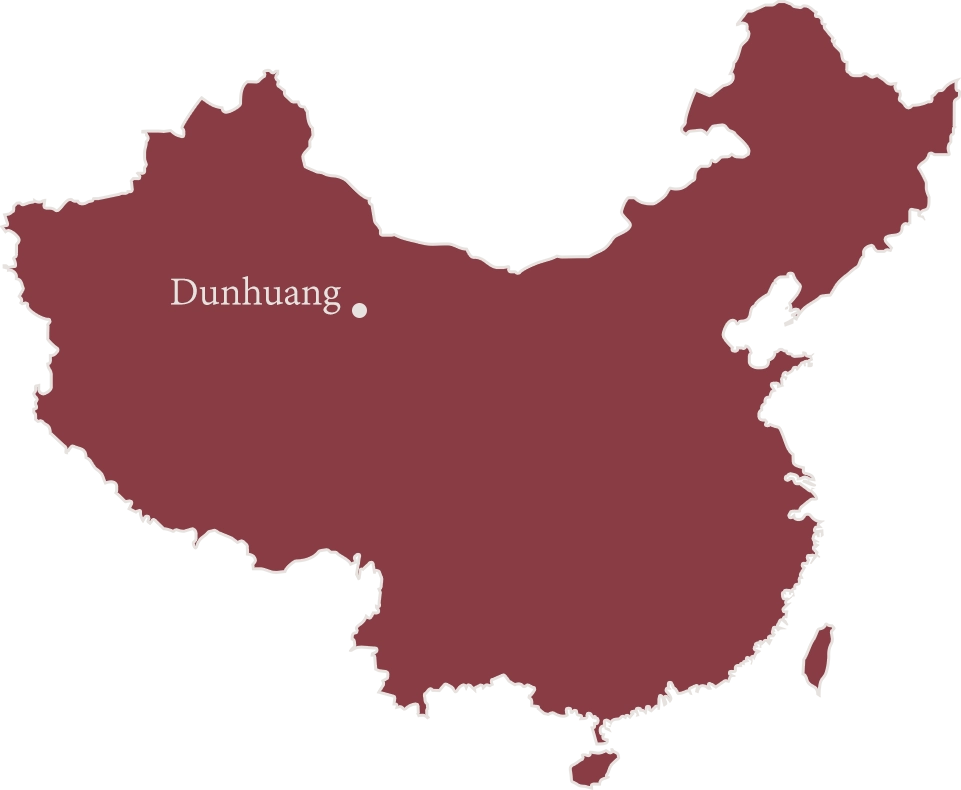Nestled at the edge of the Gobi Desert in China’s northwest, Dunhuang was once a thriving oasis and a vital crossroads on the ancient Silk Road. For centuries, it served as a melting pot of cultures, where Chinese, Tibetan, Persian, and Central Asian traders, monks, and travelers exchanged goods, ideas, and traditions. The city’s legendary Mogao Caves house breathtaking Buddhist art that reflects this rich cultural fusion, with murals and sculptures blending Indian, Chinese, and Hellenistic influences. Dunhuang’s history as a gateway between East and West has left an enduring legacy in its music, dance, and cuisine, making it a symbol of Northwestern China’s diverse heritage.
The harsh yet beautiful landscapes of Dunhuang—rolling dunes, rugged mountains, and sprawling deserts—shaped the resilient spirit of its people. Northwestern Chinese culture, influenced by the region’s nomadic and agricultural traditions, is known for its bold flavors, hearty dishes, and warm hospitality. Dunhuang’s night markets still buzz with the energy of the Silk Road, offering a taste of the past through aromatic spices, sizzling skewers, and, of course, hand-pulled noodles—a staple that has fed travelers for generations.






